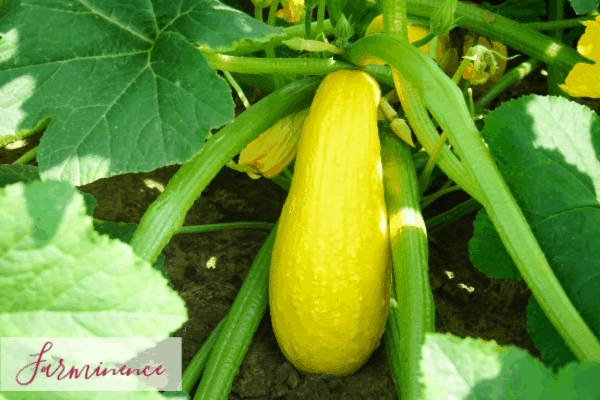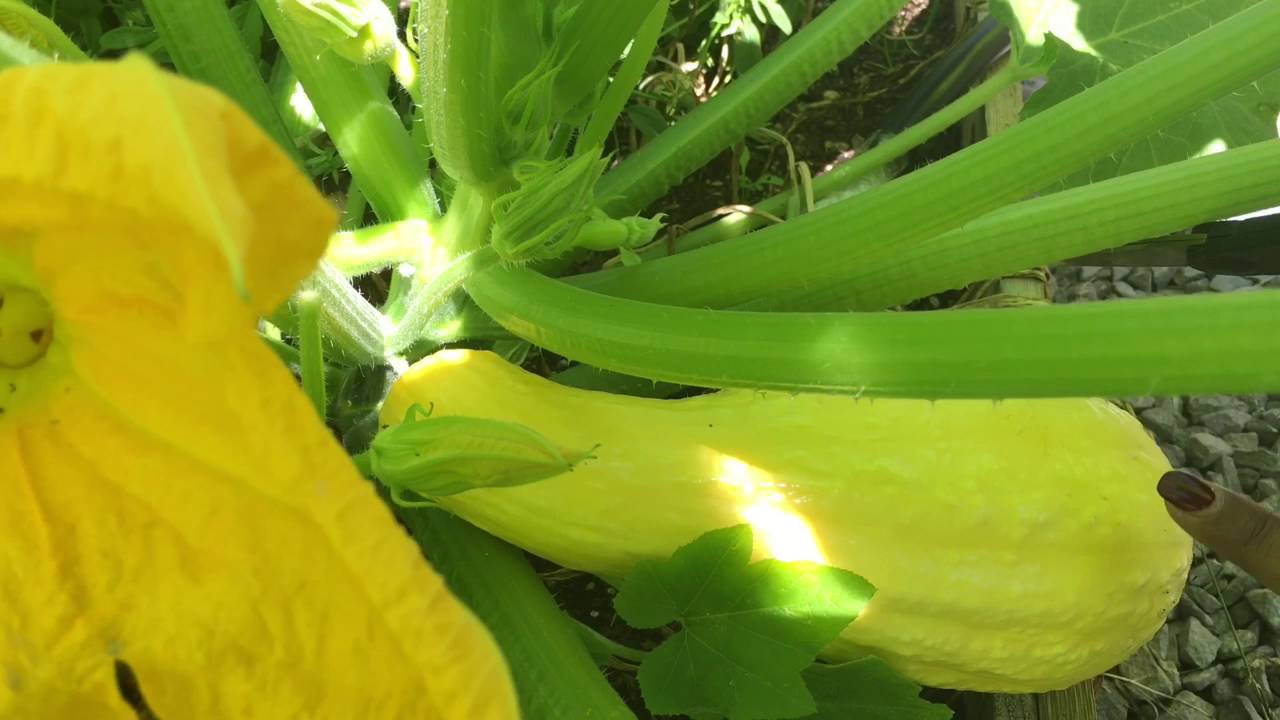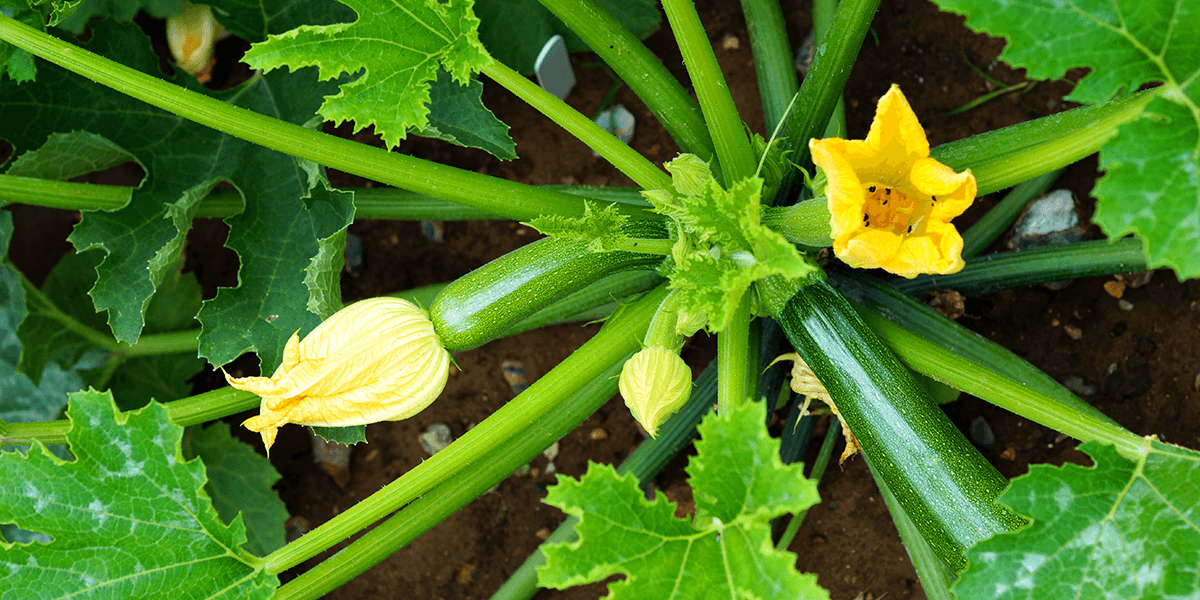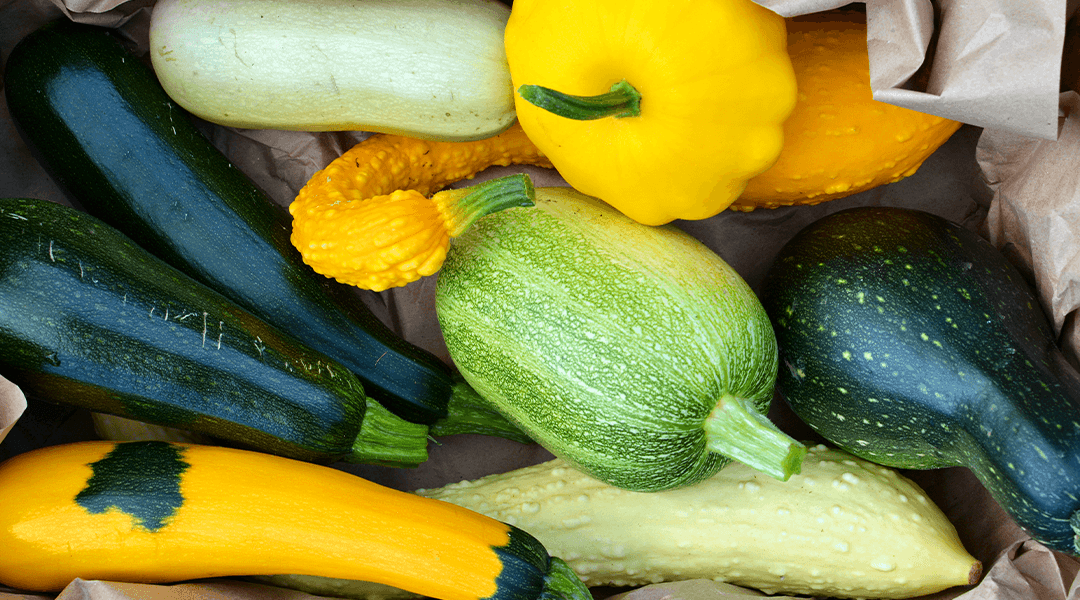Are you a fan of fresh, homegrown vegetables? If so, then you’ll definitely want to know the best time to harvest your yellow squash! This vibrant and versatile vegetable is a favorite among gardeners, but timing is key when it comes to picking them at their peak of flavor and ripeness. In this article, we’ll explore the ideal time to harvest yellow squash, ensuring that you can enjoy the sweetest and most tender squash straight from your garden to your plate. So get ready to learn some expert tips and tricks that will have you harvesting perfectly ripe yellow squash in no time!

Factors influencing the best time to harvest yellow squash
Yellow squash, with its vibrant color and delicious flavor, is a delightful addition to any garden. But how do you know when the best time to harvest it is? Several factors come into play, such as the maturation of the squash, its size, and its appearance. Being aware of these factors will help you determine the optimal time to enjoy your fresh yellow squash.
Maturation of the squash
One of the primary factors to consider when harvesting yellow squash is its maturation. Yellow squash goes through a period of growth and development before reaching its ideal flavor and texture. As the squash matures, its flavor becomes more robust and its texture becomes firmer.
Size of the squash
Another crucial aspect to pay attention to is the size of the yellow squash. Harvesting a squash at the right size ensures that it is at its peak flavor and tenderness. When a yellow squash is harvested too small, it may lack the desirable taste and texture. On the other hand, if it is left on the vine for too long, it may become overripe and lose its optimal qualities.
Appearance of the squash
The appearance of the yellow squash can also provide valuable clues about its ripeness. The skin should be smooth and glossy, without any signs of wrinkling or discoloration. Additionally, the color should be vibrant and consistent across the entire surface of the squash. These visual cues indicate that the squash is at its best and ready to be harvested.
How to determine the best time to harvest yellow squash
Now that we’ve explored the factors influencing the best time to harvest yellow squash let’s delve into some methods to determine its readiness for harvest. By using these simple techniques, you can ensure that you pick your yellow squash at its peak flavor and quality.
Observing the color of the squash
A key indicator of a yellow squash’s readiness for harvest is its color. As the name suggests, a yellow squash should be a vibrant shade of yellow when it is fully mature. If the squash appears pale or greenish, it is likely not yet ripe. Take the time to inspect the color and ensure that it matches the desired hue before plucking it from the vine.
Check the firmness of the squash
Gently pressing your thumb against the skin of a yellow squash can provide valuable information about its ripeness. A fully mature squash will have a firm texture, giving slight resistance to your touch. If the squash feels too soft or mushy, it may be overripe and not as enjoyable to eat. On the other hand, if it feels extremely hard, it may still need more time to develop its flavors.
Examining the size of the squash
In addition to color and firmness, size plays a crucial role in determining the best time to harvest yellow squash. A mature yellow squash typically ranges between 6 to 8 inches in length. However, this can vary depending on the specific variety of squash you are growing. Keep in mind that harvesting squash when it is too small may result in a less flavorful and tender final product. Conversely, allowing it to grow too large can lead to a tougher and less enjoyable eating experience.

Early harvest vs. late harvest
When it comes to harvesting yellow squash, you have the option of an early or a late harvest. Both approaches have their benefits, depending on your personal preferences and intended use for the squash.
Early harvest benefits
Opting for an early harvest means picking the yellow squash when it is still relatively small in size. This approach ensures a tender and delicate flavor, perfect for adding to salads or lightly sautéing. Early-harvested squash also tends to have a more subtle sweetness, which can be appealing for those who prefer a milder taste.
Late harvest benefits
On the other hand, a late harvest allows the yellow squash to reach its maximum size and ripeness. This option is ideal for individuals who enjoy a more robust flavor and a firmer texture in their squash. Late-harvested yellow squash is well-suited for grilling, roasting, or using in heartier dishes where it can hold its shape and provide a satisfying bite.
Signs of overripe yellow squash
While it is important to allow yellow squash to reach its optimal ripeness, it is equally crucial to avoid picking it when it becomes overripe. Overripe squash can have a dull appearance and may not deliver the desired taste and texture.
Dull and discolored skin
One of the signs of overripe yellow squash is a dull and discolored skin. Instead of the vibrant yellow hue, the skin may appear faded or even brownish. This discoloration is an indication that the squash has been on the vine for too long and has experienced a decline in quality.
Soft texture
Another telltale sign of an overripe yellow squash is a soft and mushy texture. When you press your thumb into the skin, it may leave a lasting indentation instead of bouncing back. This softness is an indication that the squash has become overly mature and may not be enjoyable to eat.
Seeds becoming large and tough
Furthermore, as yellow squash becomes overripe, the seeds inside can become large and tough. In a properly ripened squash, the seeds should be small, tender, and easy to eat. If you notice that the seeds have grown in size and have a harder texture, it is likely that the squash has been left on the vine for too long.

The best time to harvest yellow squash for different uses
Yellow squash can be utilized in various culinary applications, each requiring a different level of ripeness. Here are some insights into the best time to harvest yellow squash based on its intended use.
Best time for cooking
For most cooking applications, it is best to harvest yellow squash when it reaches a medium size of approximately 6 to 8 inches in length. At this stage, the squash will possess a balance between tenderness and flavor, making it perfect for sautés, stir-fries, and stews. The flesh will cook quickly and retain its texture and sweetness, adding depth to your dishes.
Best time for frying
If you are planning to fry your yellow squash, an early harvest is advisable. Picking the squash when it is still small and tender ensures a delicate, crispy exterior that pairs beautifully with a creamy interior. Whether you prefer to bread and fry the squash slices or make crispy squash fritters, an early harvest will provide optimal results.
Best time for pickling
When it comes to pickling yellow squash, selecting smaller-sized squash is the way to go. The compact nature of the squash allows them to retain their shape and texture even through the pickling process. Harvesting yellow squash at around 4 to 5 inches in length will ensure that they fit nicely into pickling jars and maintain their crunchiness.
Harvesting yellow squash flowers and immature fruits
In addition to harvesting fully developed yellow squash, you can also take advantage of the squash blossoms and the baby squash that have not yet fully matured.
Harvesting squash blossoms
Squash blossoms, with their vibrant colors and delicate flavor, are a prized ingredient in many culinary dishes. Harvesting the blossoms can help promote further growth of the plant and prevent it from focusing energy on producing more fruit. Pluck the male blossoms, with their long thin stems, and use them for stuffing or adding to salads for a burst of color and flavor.
Harvesting baby yellow squash
If you prefer a milder taste and tender texture, you can also harvest baby yellow squash. These are the squash that have not yet reached their full size and are still relatively small. Harvesting them at this stage can provide a unique culinary experience, allowing you to explore new flavors and textures in your dishes.

Tips for harvesting yellow squash
Harvesting yellow squash is an important step in ensuring their optimal taste and texture. Here are some valuable tips to make your harvesting experience successful.
Use a sharp knife or pruners
When harvesting yellow squash, it is crucial to use a sharp knife or pruners to cut the squash from the vine cleanly. Avoid twisting or yanking the squash, as this may damage the plant. A clean and precise cut will minimize the risk of bruising or injuring the plant and aid in its continued growth.
Handle the squash gently
Yellow squash can be delicate, so it is important to handle them gently during the harvesting process. Rough handling can result in bruising or breaking the skin, affecting both the appearance and texture of the squash. Treat each squash with care to preserve its quality and enjoy the best taste possible.
Harvest regularly
To encourage continued production and ensure that your yellow squash plants thrive, it is essential to harvest regularly. Leaving mature squash on the vine for too long can divert the plant’s energy away from producing new fruits. By harvesting regularly, you stimulate the plant to develop more flowers and increase overall productivity.
Storing and preserving yellow squash
Properly storing and preserving yellow squash is essential to maximize its shelf life and extend the enjoyment of your harvest.
Storing fresh yellow squash
Freshly harvested yellow squash can be stored in the refrigerator for up to one week. Place the squash in a perforated plastic bag or wrap them loosely in a paper towel to absorb excess moisture. It is important to keep the squash dry to prevent them from becoming mushy. Regularly check on the stored squash and remove any that show signs of spoilage to prevent it from affecting the rest.
Freezing yellow squash
If you have an abundance of yellow squash and wish to preserve it for a longer period, freezing is an excellent option. To freeze yellow squash, first, blanch it to preserve its flavor and texture. Then, slice or dice the squash, blanch it in boiling water for a few minutes, and shock it in an ice bath to halt the cooking process. Pat the blanched squash dry and pack it into airtight containers or freezer bags before placing it in the freezer. Frozen yellow squash can last for up to 12 months when properly stored.
Canning yellow squash
Canning is another method to preserve yellow squash, particularly for those who enjoy home-canned produce. To can yellow squash, follow a trusted recipe for pickled or canned squash and ensure proper sterilization of jars and lids. The process typically involves blanching the squash, preparing a brine or vinegar solution, and canning the squash in jars. Canned squash can be stored in a cool, dark place for up to a year.

Common mistakes in harvesting yellow squash
While harvesting yellow squash may seem straightforward, there are a few common mistakes to avoid to ensure the best results.
Waiting too long to harvest
One of the most common mistakes gardeners make is waiting too long to harvest their yellow squash. Overripe squash can have a tough texture, lose their vibrant color, and develop an unpleasant taste. Regularly inspect your yellow squash plants and harvest them at their peak ripeness to fully enjoy their flavor and quality.
Harvesting underripe squash
On the other hand, harvesting yellow squash before they have fully matured can also result in less desirable qualities. Underripe squash may lack sweetness and tenderness, making them less enjoyable to eat. Take the time to assess the size, color, and firmness of the squash before picking it from the vine.
Overlooking hidden squash
Yellow squash can be sneaky in their growth, sometimes hiding among leaves and vines. It is important to thoroughly inspect your plants during the harvesting process, as hidden squash can easily go unnoticed. Check under the leaves and gently move the vines to reveal any hidden treasures. This thoroughness ensures that no squash is left to overripen on the vine.
Conclusion
Harvesting yellow squash at the right time is crucial to enjoying the best flavor, tenderness, and quality. By paying attention to the maturation, size, and appearance of the squash, you can determine the optimal time for harvest. Observing the color, firmness, and size of the squash provides valuable insights into its ripeness. Additionally, understanding the benefits of early and late harvests allows you to cater to your personal preferences and intended use for the squash. Avoiding overripe squash and knowing the best time to harvest yellow squash for different culinary purposes further enhances your harvest experience. Remember to handle the squash gently, harvest regularly, and properly store or preserve any excess squash you may have. By following these guidelines and avoiding common mistakes, you can ensure a bountiful harvest and truly enjoy the deliciousness of yellow squash from your garden.



